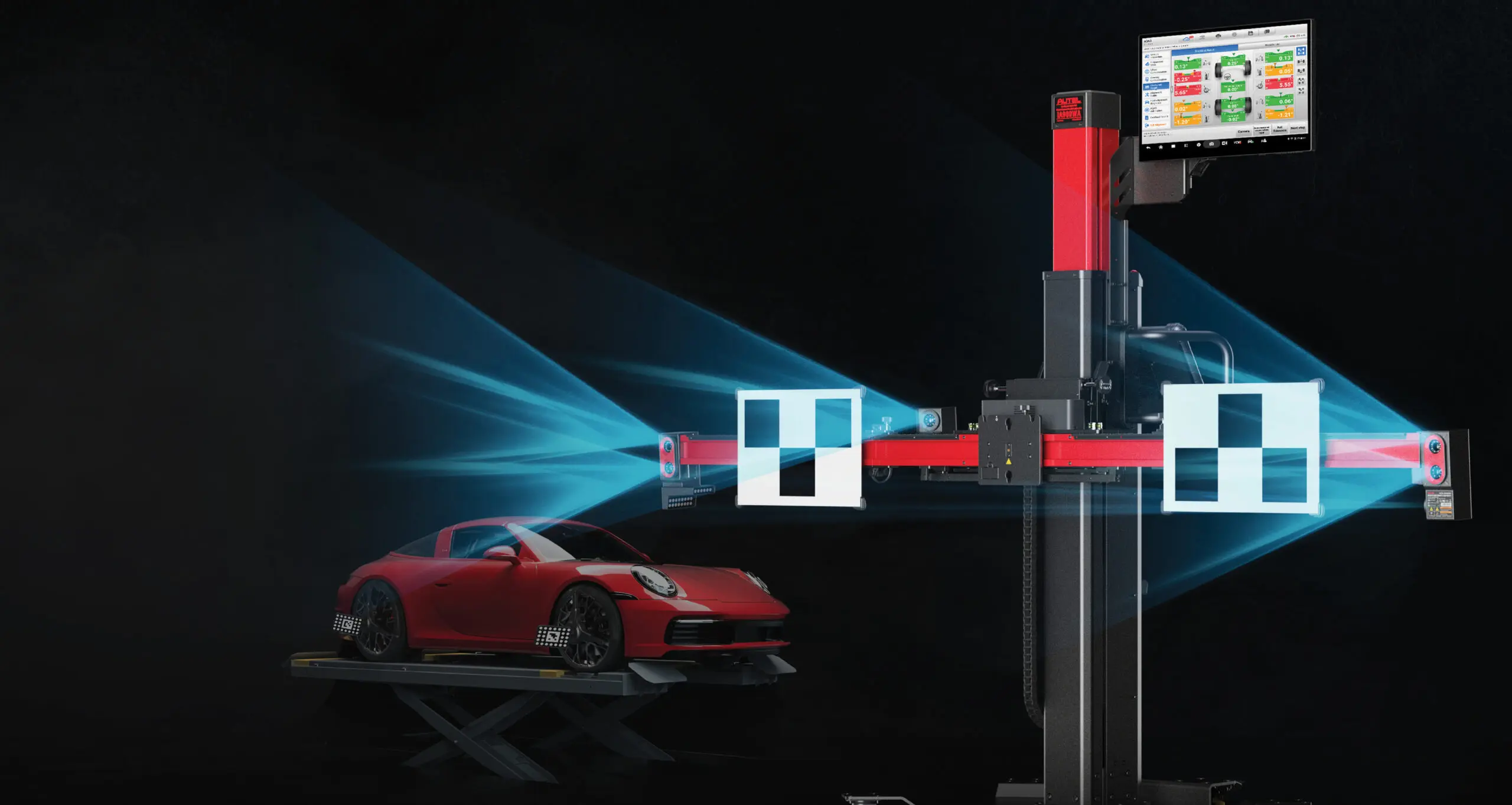How Does Auto Parts Recycling Work?
Tags: AutoPartsRecycling, EnvironmentallyFriendlyAuto, ReduceReuseRecycle, SustainableAutomotive, VehiclePartsReuse

Auto Parts Recycling can be an efficient way to save money while protecting the environment. But how exactly does it work?
Draining fluids from vehicles begins the recycling process, after which magnets are used to separate metal from other materials and shredders shred the car using magnets to separate metal from nonmetals. Any parts deemed safe and usable are then sold back to auto shops or customers in need.
Saves Money
Recycled car parts can significantly cut costs associated with repair and maintenance, while helping reduce waste and conserve natural resources. Recycling metals also helps decrease greenhouse gas emissions by decreasing mining and excavation activities needed for raw material extraction.
After an accident has totaled a vehicle, its insurance company typically arranges for it to be brought in by an auto recycler for dismantling and recycling. Once in their facility, dismantlers inspect every part that could potentially be sold – either leaving them until sold, or removing and storing them for later sale or donation. They’ll also drain out harmful fluids like gasoline, antifreeze and brake fluid before sending the automobile off to a de-pollution facility for proper disposal.
All usable parts are then separated and sold to retailers, wholesalers or car-part remanufacturers to be reused in repairs on other vehicles. Pre-owned parts often cost 20-80% less than their new equivalents, helping consumers save money and reduce environmental impact through automobile production.
Reduces Waste
Recycling auto parts is an eco-friendly way to reduce waste. Recycling saves energy, lowers production costs, conserves natural resources, and protects quality while helping consumers to lower replacement component costs. Inspection, cleaning and fixing as necessary also keeps consumer costs down.
Automotive recyclers begin by gathering all usable parts from a vehicle. This includes glass, rubber and metals. Once they have this complete list of parts they begin dismantling the car using various processes; eventually sending its frame off to be processed through magnets before selling off its metals to automakers and steel industry players.
Scrap metal, tires and batteries may be collected by machines for sorting before being sent off to recycling centers for processing and reuse in new parts production – with an aim to significantly reducing landfill waste.
Helps the Environment
Shopping recycled auto parts is not only cost-cutting; it also benefits the environment. Through an intricate recycling process, fluids are extracted, hazardous materials disposed of safely and any components which can be reused are either refurbished or returned back into circulation – keeping a significant number of car parts out of landfills while decreasing our reliance on new ones.
Steel and aluminum production requires significant energy resources. By decreasing demand for these raw materials, Auto Parts Recycling allows for significant carbon savings. Landfill waste also releases toxic elements into the environment that contribute to greenhouse gases emissions; by recycling components instead of throwing them out into landfills, recycling decreases methane emissions significantly and cuts down on greenhouse gas releases.
Professional auto recyclers strive to ensure all salvageable components are thoroughly inspected, cleaned and ready for sale in the market. Furthermore, they help build a sustainable future by encouraging manufacturers to incorporate end of life recycling into their design processes.
Good for the Economy
Auto parts recycling is an integral component of sustainable living that saves money, conserves natural resources, reduces energy use and bolsters local economies by creating profitable opportunities for scrap yards and car dealers. However, recycled parts may not last as long and could become worn sooner than new ones do.
Professional Auto Recyclers will drain all fluids from a vehicle before carefully inspecting each component to assess its suitability for reuse. Once refurbished, these parts can then be sold back to insurance companies or body shops as replacements for worn or damaged parts on vehicles undergoing repair.
Non-metal components are shipped off to other recycler vendors for further processing, for instance rubber recyclers use heat to decompose scrap tires into raw material for other products; any remaining metals are crushed and shredded before being sold off to metal salvage recyclers for use in new cars or manufacturing projects.








